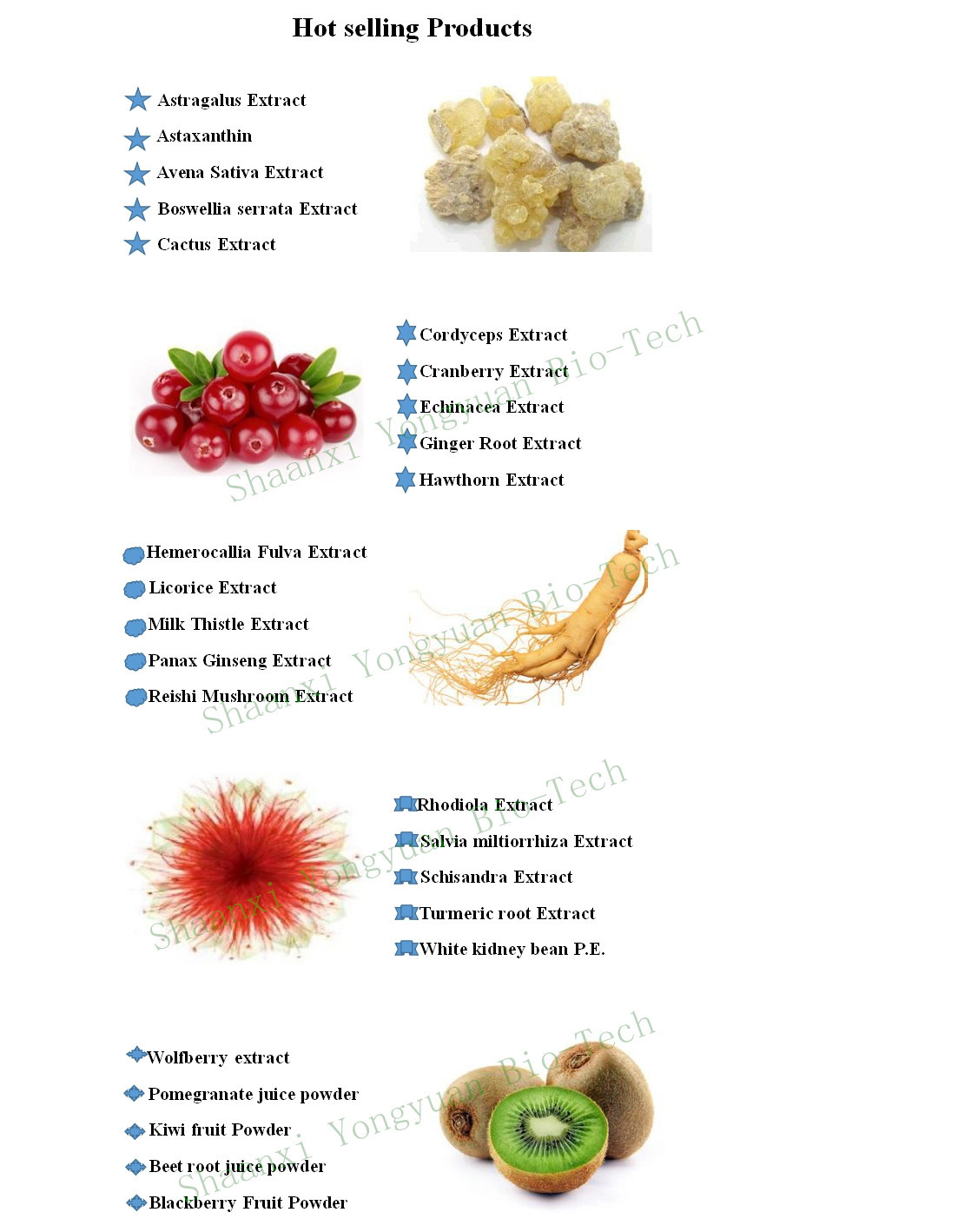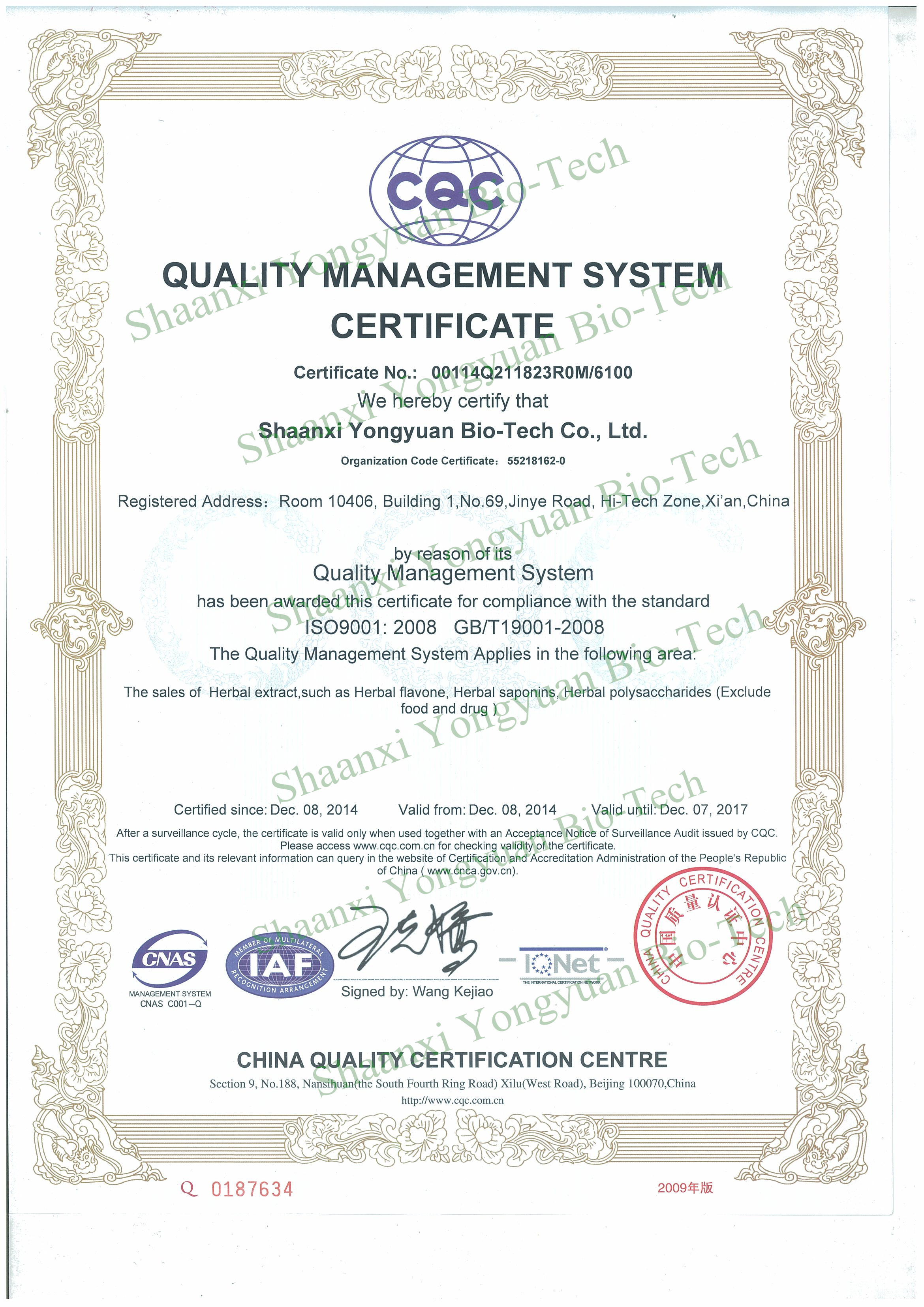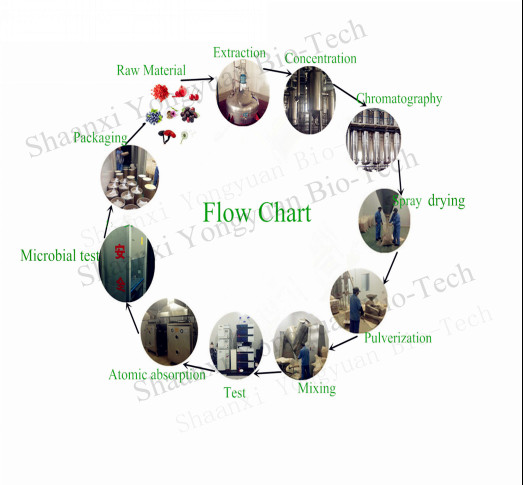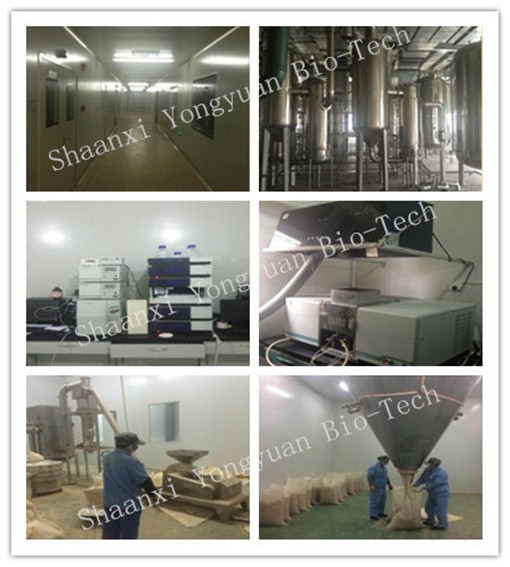Elderberry P.E.
Latin Name: Sambucus nigra,Sambucus williamsii Hance
Part used:Fruit
Specifications:
Dry elderberry extract 10:1; 20:1
Description:
The extract is derived from the fruit and sprouts of the deciduous
elder bush Sambucus sp., Sambucus nigra, S.williamsii Hance.,
honeysuckle family - Sambucaceae., using the water extraction
method followed by concentration and drying. Appearance: a brown or
reddish-brown powder with a herbal smell.
Active components:
Flavonoids (quercetin glycosides, rutin), anthocyanins, tannins,
polysaccharides.
Effects:
Astringent, anti-inflammatory and mild antiseptic action, diuretic
and anti-edematous, sudorific and spasmolytic action. Capillary
strengthening, antioxidant, P-vitamin effect, improves blood
microcirculation and cell metabolism.
Pharmaceutics
Colds, chronic bronchitis, flu, tonsillitis, laryngitis, etc.
Inflammatory diseases of the urogenital system, used for the
treatment of myositis, neuralgia, aching joints. Tablets, capsules,
drops.
Biologically Active Supplements
A source of bioflavonoids and anthocyanins possessing P-vitamin
properties (tea, syrup, capsules, tablets).
Food Industry
The fruit is used for the production of soft drinks, kissel,
mousses and jams, fillings for sweets and chocolate. As soup
seasoning. Purple food colouring is produced from elder-berry
fruit.
Cosmetology
In mouth-washes for stomatitis and gingivitis, as a part of
cosmetic preparations for the treatment of furuncles, intertrigo,
burns and other inflammatory diseases of the skin. Effective for
dry and sensitive skin, protects skin from the harmful influences
of the environment.
Veterinary Medicine
Inflammation of the joints, upper respiratory tract, for coughs,
burns and furunculosis.






